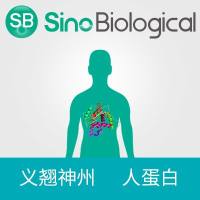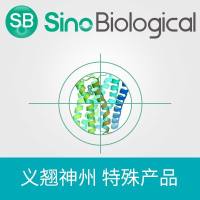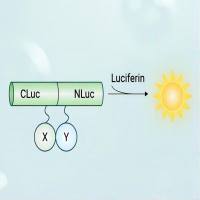Second-Harmonic Imaging of Collagen
互联网
590
Molecules that have no center of symmetry are able to convert light to its second harmonic, at twice the frequency and half the wavelength. This only happens with any efficiency at very high light intensities such as are given by a pulsed laser, and because the efficiency of the process depends on the square of the intensity, it will be focal plane selective in exactly the same way as two-photon excitation of fluorescence. Because of its unusual molecular structure and its high degree of crystallinity, collagen is, by far, the strongest source of second harmonics in animal tissue. Because collagen is also the most important structural protein in the mammalian body, this provides a very useful imaging tool for studying its distribution. No energy is lost in second-harmonic imaging, so the image will not fade, and because it is at a shorter wavelength than can be excited by two-photon fluorescence, it can be separated easily from multiple fluorescent probes. It is already proving useful in imaging collagen with high sensitivity in various tissues, including cirrhotic liver, normal and carious teeth, and surgical repair of tendons.









